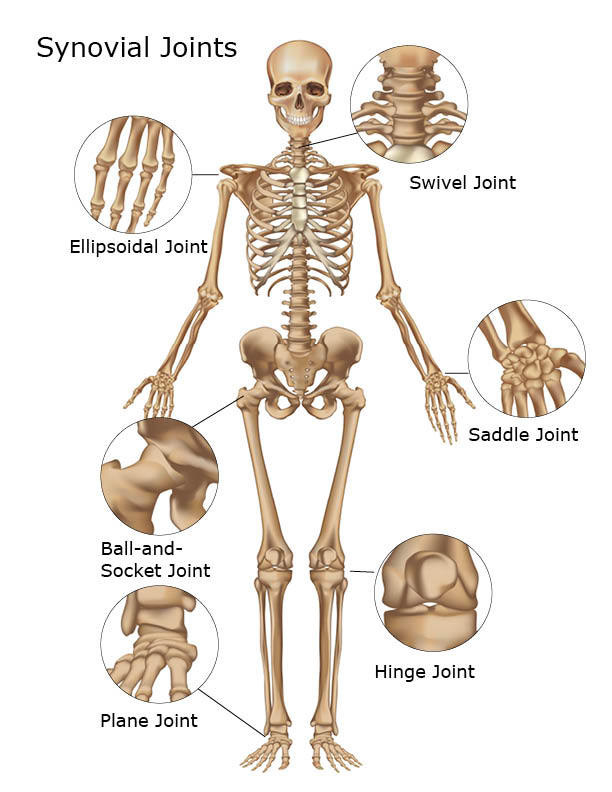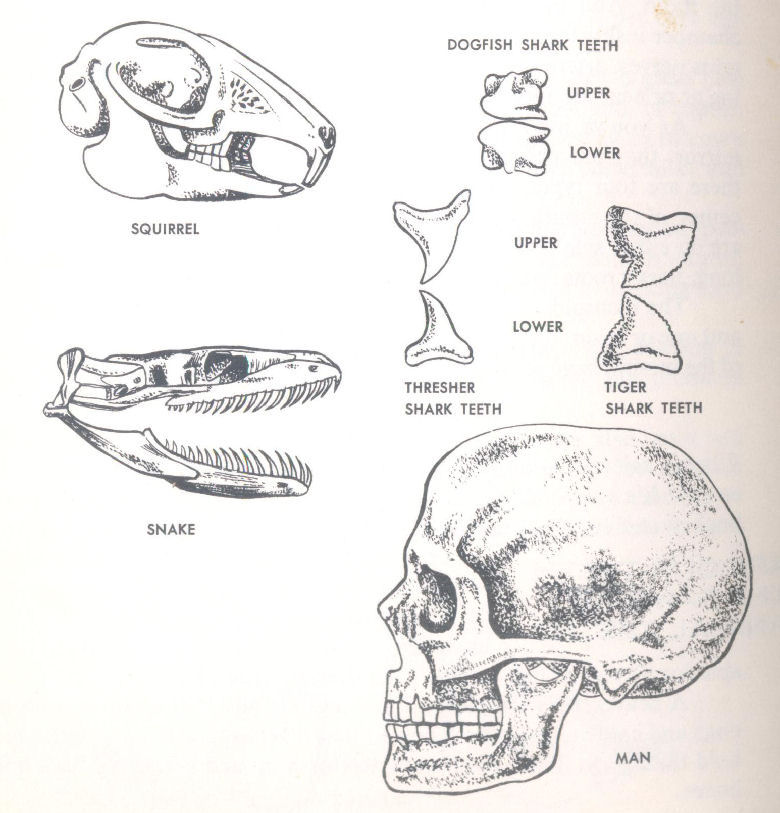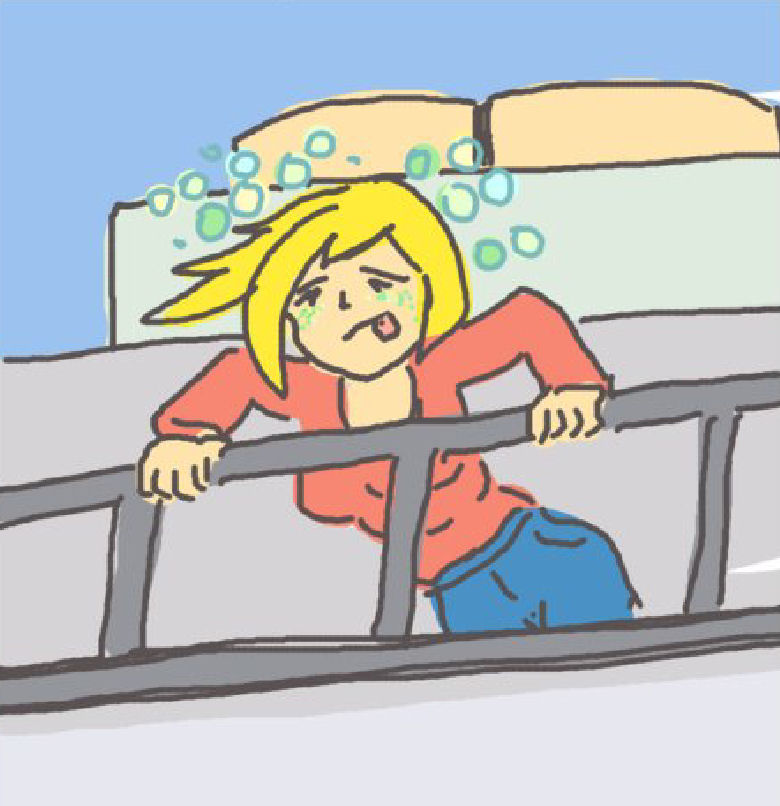Monthly Archives: April 2014
193.HOW DO OUR JOINTS WORK?
If our bodies didn’t have joints, it would be impossible for us to live as we do. We would have to lie absolutely still always, unable to move our heads, walk, raise our arms, or move a single finger! Our ability to move is possible because of the existence of joints.
Wherever two bones glide over one another, a joint exists. A joint allows the bones to glide smoothly with very little friction. This is because the ends of the bones are covered by cartilage so that they don’t really rub against each other.
192.ARE OUR TEETH THE SAME AS PRIMAL TEETH?
When a scientist who has been digging for fossils or other remains of ancient life turns up with some teeth, he is very happy. Teeth are an Important clue as to the kind of creature it was that lived there.
For example, beasts of prey have tearing teeth, rodents have gnawing teeth, and cattle have grinding teeth. Every animal—whether horse, cow, mouse, cat, or dog—has teeth suitable for its way of life, its food, and even its general nature.
191.WHY DO WE GET SEASICK?
Seasickness is related to the whole question of equilibrium and dizziness. Our organs of balance contain certain stiff hairs which are surrounded by liquid. When we move in any direction, the liquid moves the hairs. These hairs send a message to the brain, which gives us the sensation of moving in that direction.
In our normal activities this liquid, called lymph, are such that our bodies can adjust to changes easily and we manage to keep our balance. But what happens on a ship? As the position of the deck changes under our feet, the lymph is shaken back and forth. It actually rocks to and fro, and from side to side.




